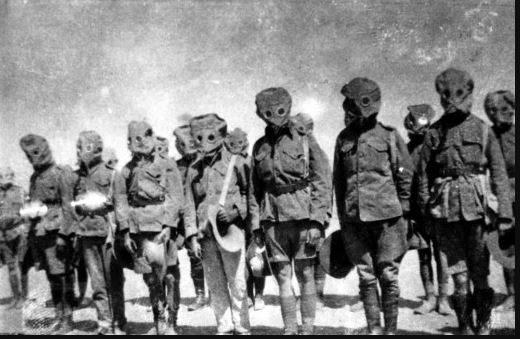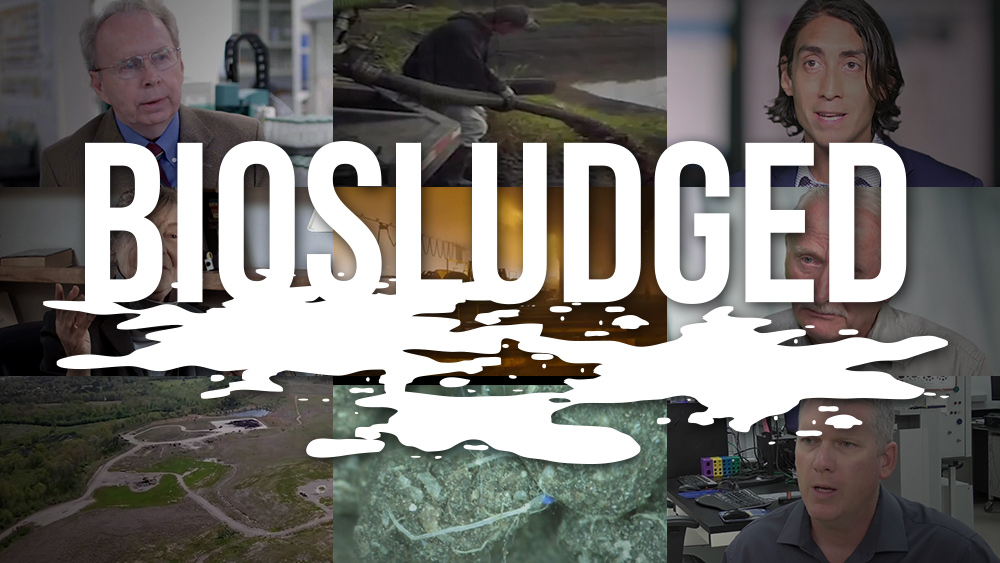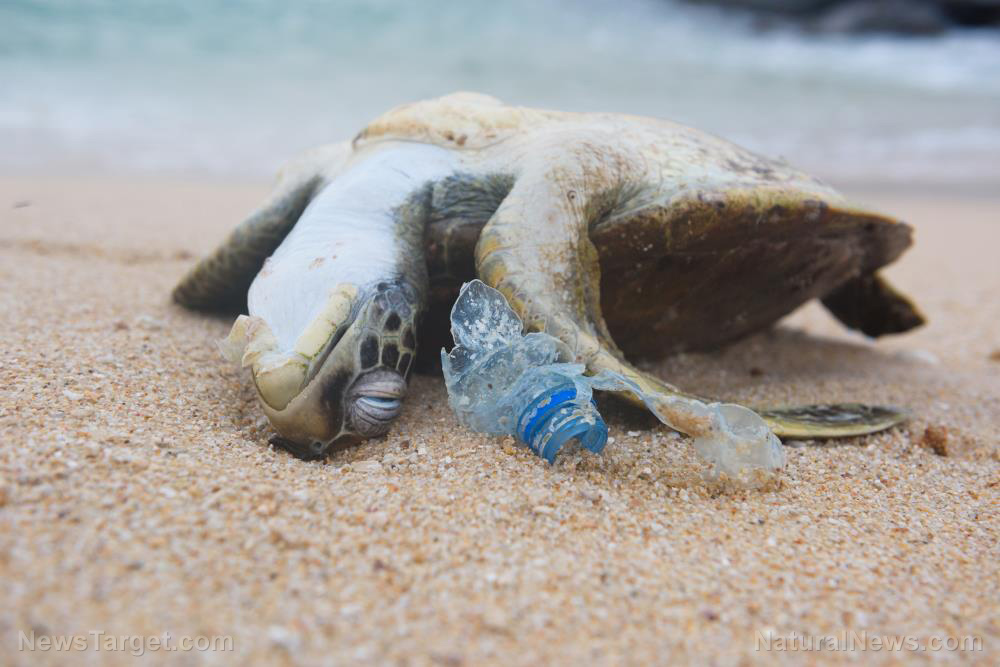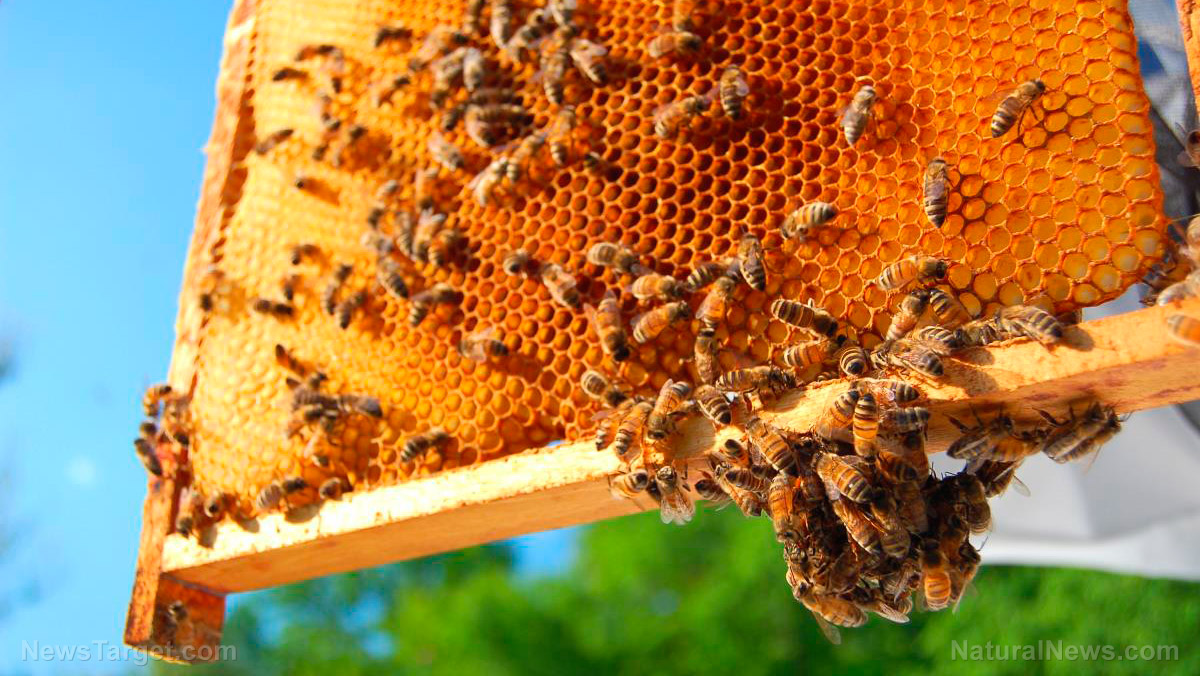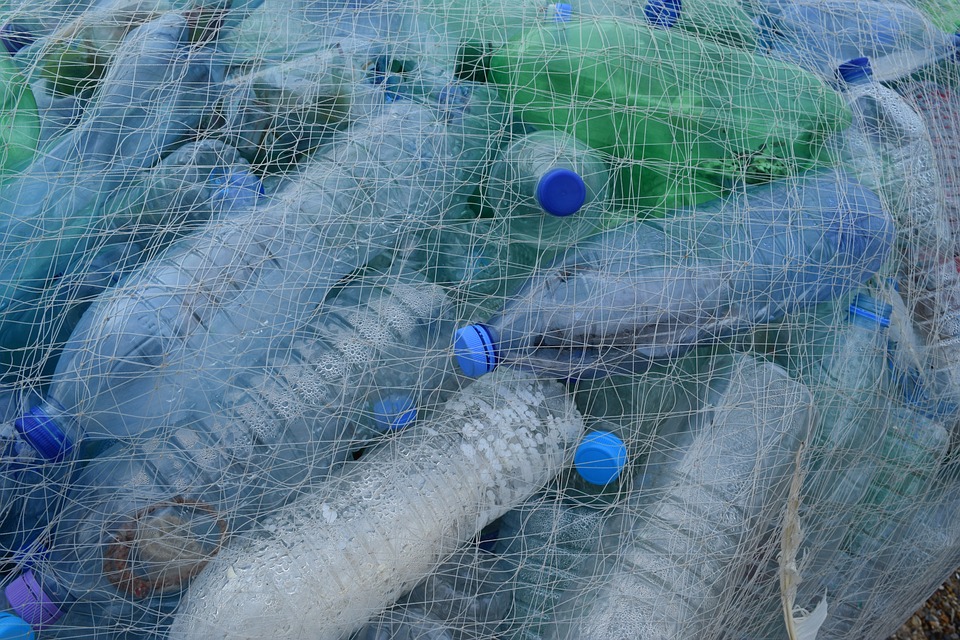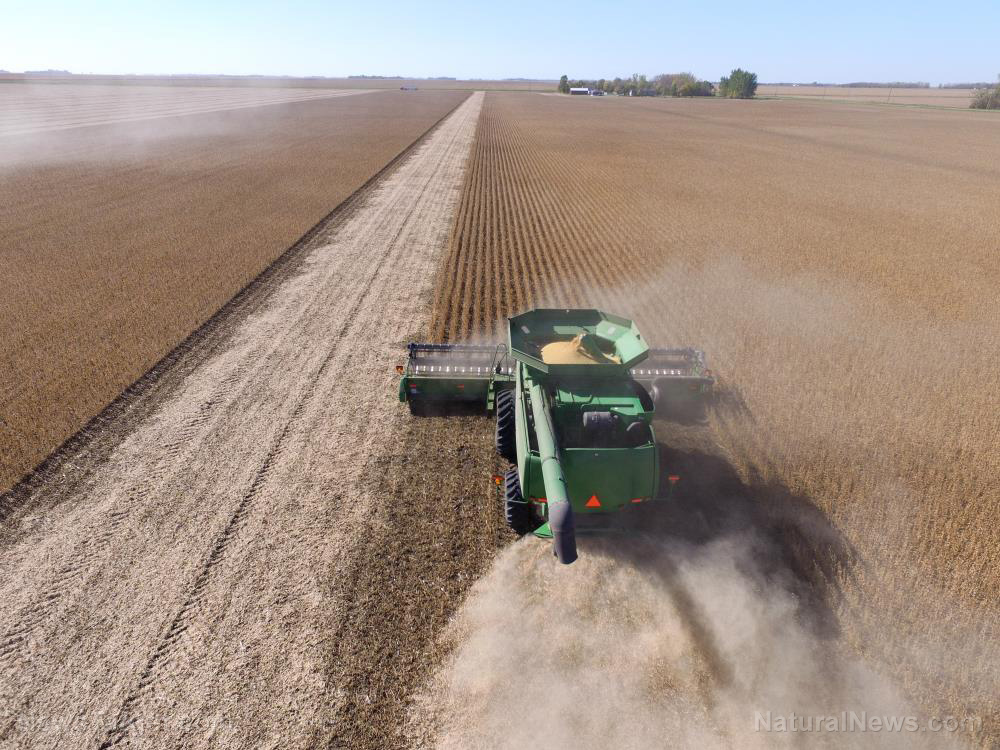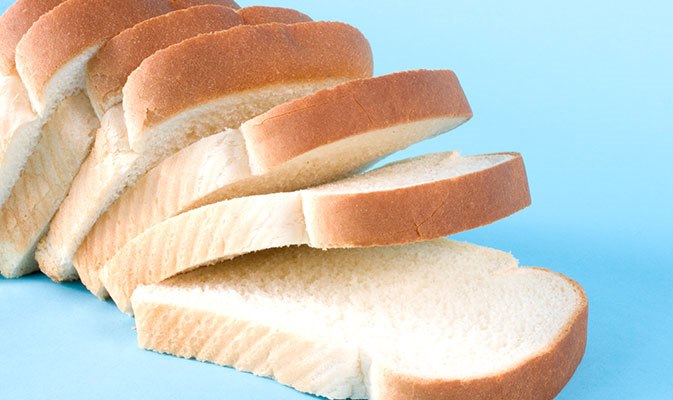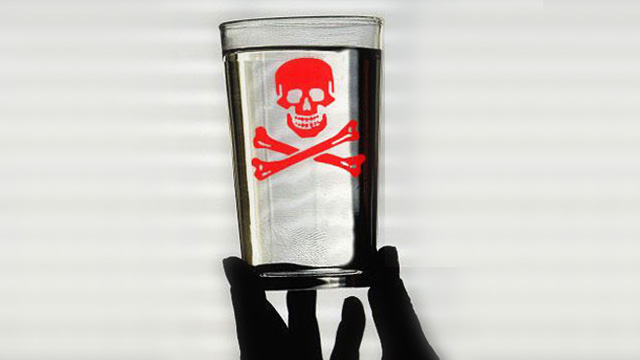Glacial rivers could contain fecal matter – you might just be drinking poop-filled water
04/14/2018 / By Frances Bloomfield
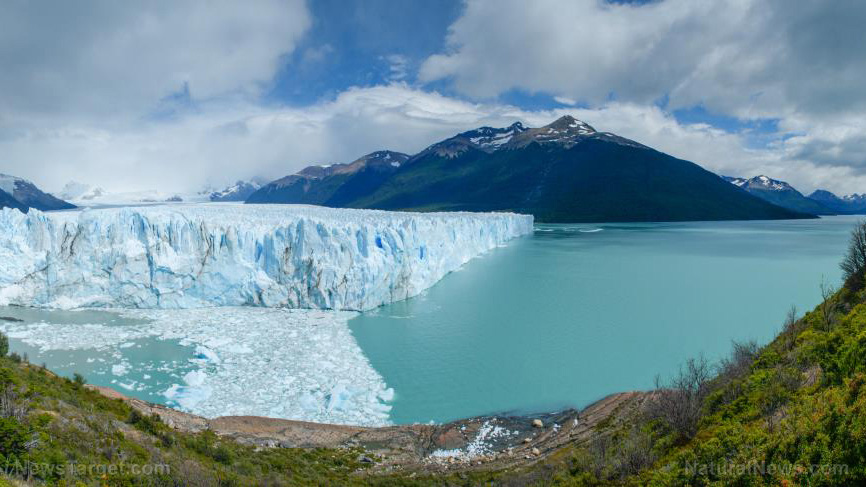
Rising more than 20,000 feet above sea level, Denali, formerly Mount McKinley, is the tallest mountain in North America and one of the highest mountains in the world. Apart from “tall,” another word that aptly describes this majestic land feature is “cold.” Much of Denali is permanently covered in a white sheet of snow, and the glaciers located there can stretch for miles. Unfortunately, Denali is also home to several decades’ worth of human feces, courtesy of the thousands of mountaineers who have attempted to reach its peak. Worse still is the fact that the fecal matter on the Denali doesn’t stay there – it could be in your drinking water.
According to Michael Loso, a National Park Service geologist, the ice of Denali preserved the tons of feces that were left behind, particularly if the aforementioned waste was thrown in the West Buttress route. The easiest way to ascend Denali, the West Buttress route and its surrounding areas are estimated to contain tons of poop from as far back as the 1970s. Loso explained that most climbers that go through this route spend a good chunk of time in the accumulation zone, or the area where snowfall gathers and adds to the mass of the glacier. And whatever is in that snow becomes trapped in the glacier, feces included. (Related: Has Mount Everest become the world’s tallest garbage dump?)
Freezing but constant temperatures then provide a good amount of protection from elements that would otherwise destroy human waste and everything inside of it. “Everything we’ve got points toward the poop and bacteria lasting indefinitely when it’s buried in the ice,” said Loso.
In an effort to understand the potential effects of the frozen feces, Loso and two other researchers carried out several field studies and a simple flow model experiment. Knowing that fecal bacteria were capable of surviving for a prolonged amount of time in a glacial environment, they calculated the surface velocities of the Kahiltna Glacier. This is the longest glacier in the Alaska Range and begins on the southwest slope of Denali, relatively close to the West Buttress route. The Kahiltna Glacier is also estimated to contain a staggering 66 metric tons of human waste that were deposited there by more than 30,000 climbers.
Based on the gathered data, Loso and his colleagues have estimated that the feces buried in the Kahiltna Glacier will emerge on its surface in roughly 70 years after traveling 28 km downstream in the glacial flow. Water samples collected from the glacial flow have already begun showing signs of contamination by fecal bacteria. Loso added that trace amounts of Escherichia coli and fecal enterococci have already been found in local water sources. Though there’s barely enough to harm humans, Loso warned that this may all change in a few decades’ time due to changing weather conditions.
Diseases caused by feces-contaminated water
Drinking water that has been tainted by feces can cause many health problems, many of which are gastrointestinal diseases that can progress into more serious conditions without proper treatment. These are just some of the diseases that you can catch by doing so:
- Cholera: This is an infectious and acute diarrheal disease that results from drinking water containing the bacterium Vibrio cholerae, which can be transmitted into water by contaminated human feces. The severe diarrhea caused by cholera can lead to the affected person becoming dehydrated and possibly dying.
- Giardiasis: A diarrheal disease caused by the parasite Giardia, some people with giardiasis will experience no symptoms at all. Others will usually suffer through diarrhea, greasy stools, nausea, and abdominal cramps, all of which can eventually bring about weight loss.
- Gastroenteritis: The main symptoms of gastroenteritis are watery diarrhea and vomiting. People who have gastroenteritis will often go through several other symptoms, like headaches, nausea, fever, and cramping.
Visit Environ.news to read more news about water contamination.
Sources include:
Tagged Under: cholera, clean water, contaminated water, Denali, diarrhea, drinking water, environ, fecal bacteria, fecal matter, feces-contaminated water, gastrointestinal diseases, glacial flow, glacial water, glaciers, Health and Wellness, hikers, Kahiltna Glacier, Water contamination, water filters, West Buttress route

